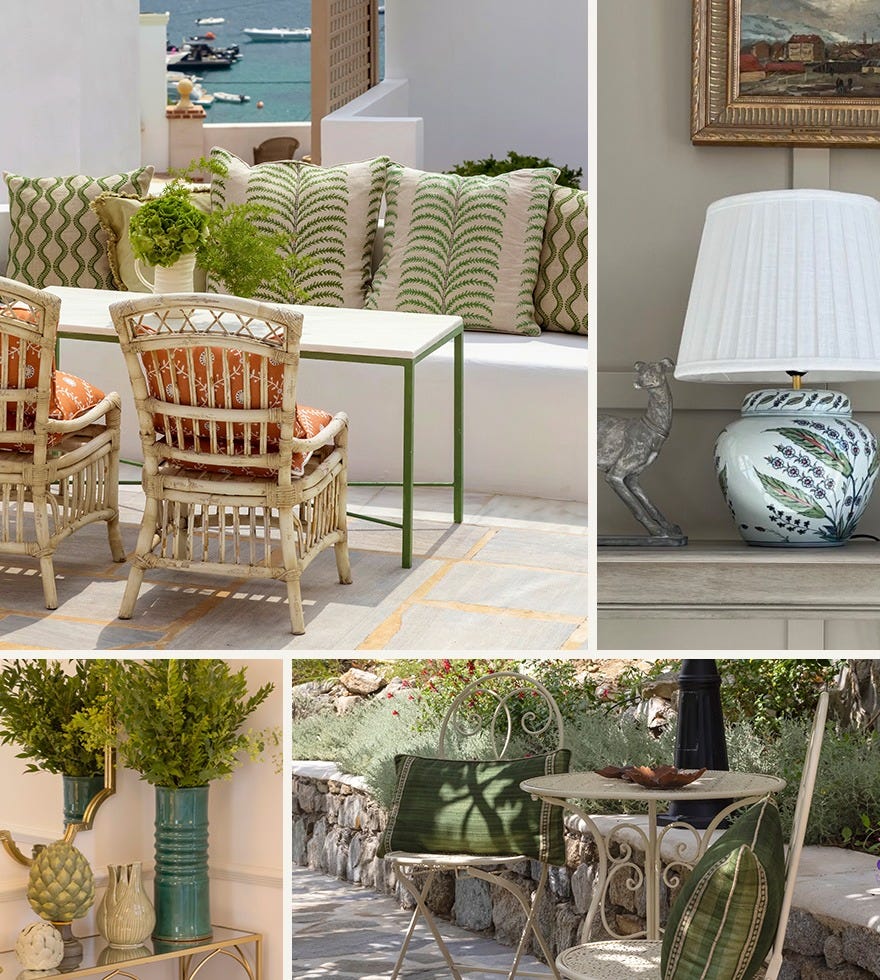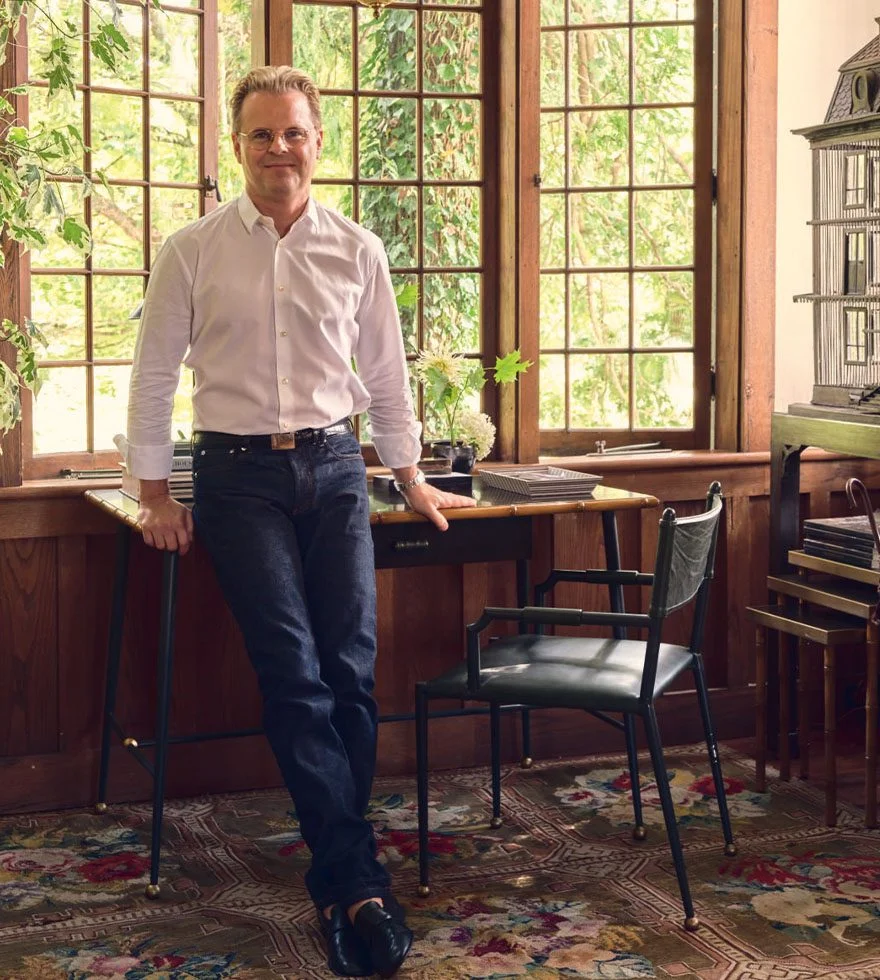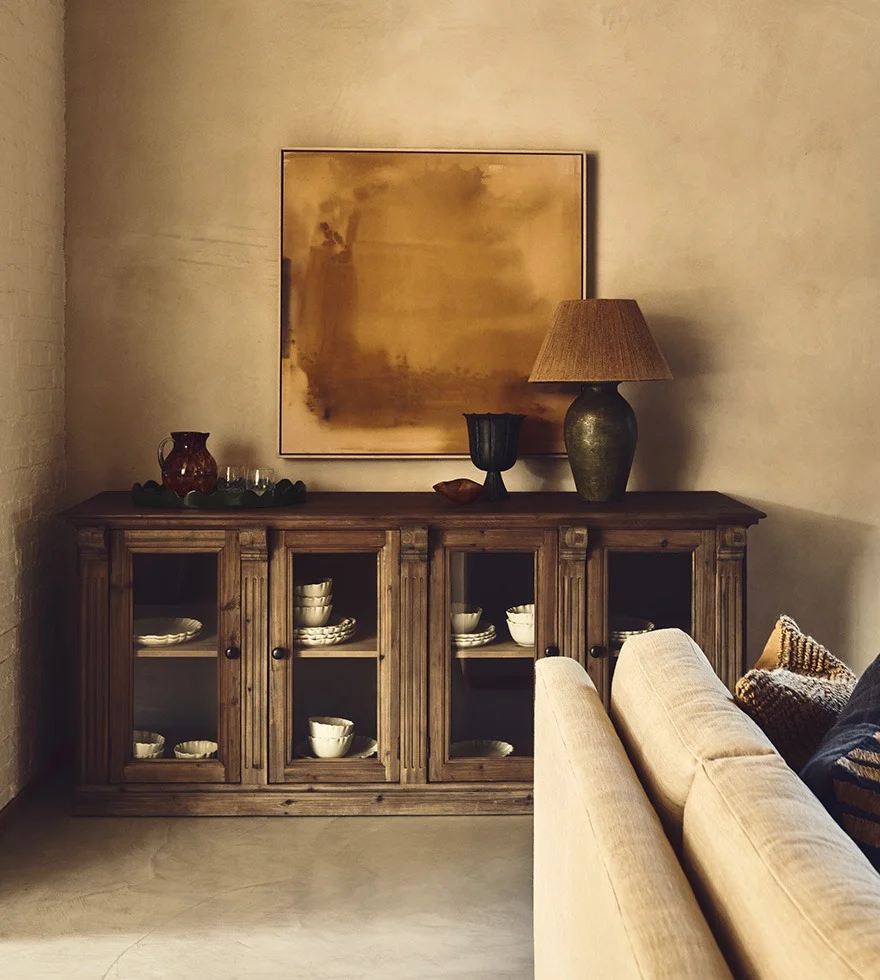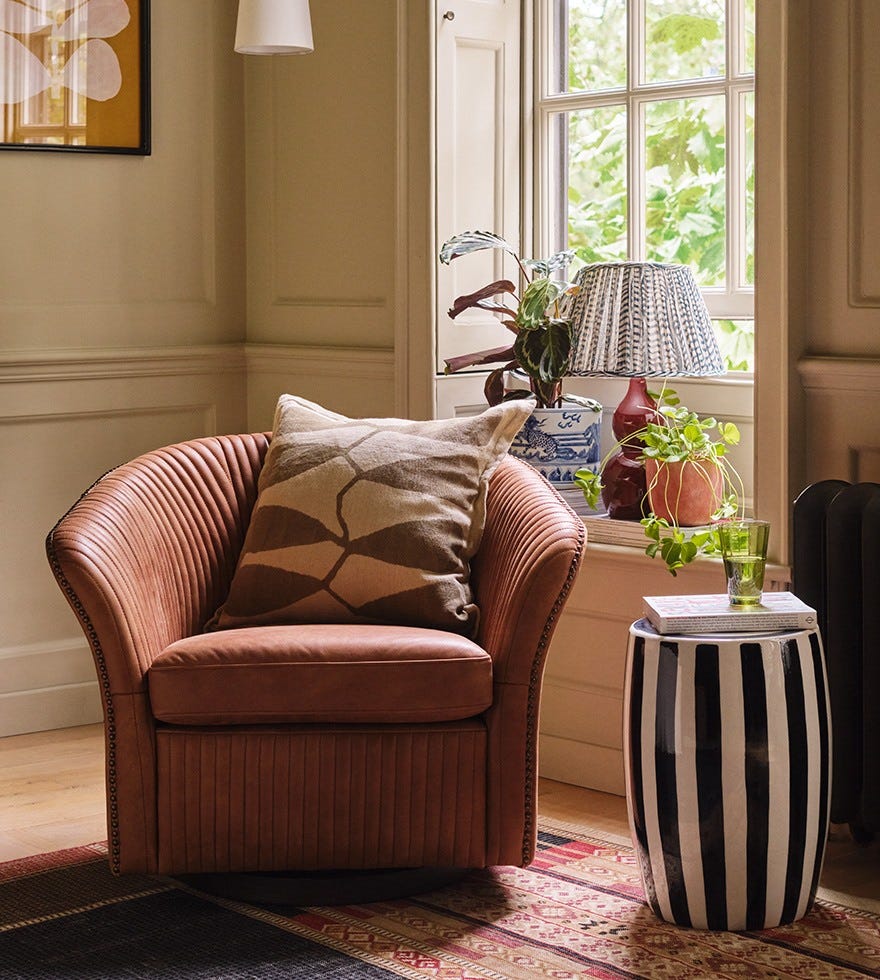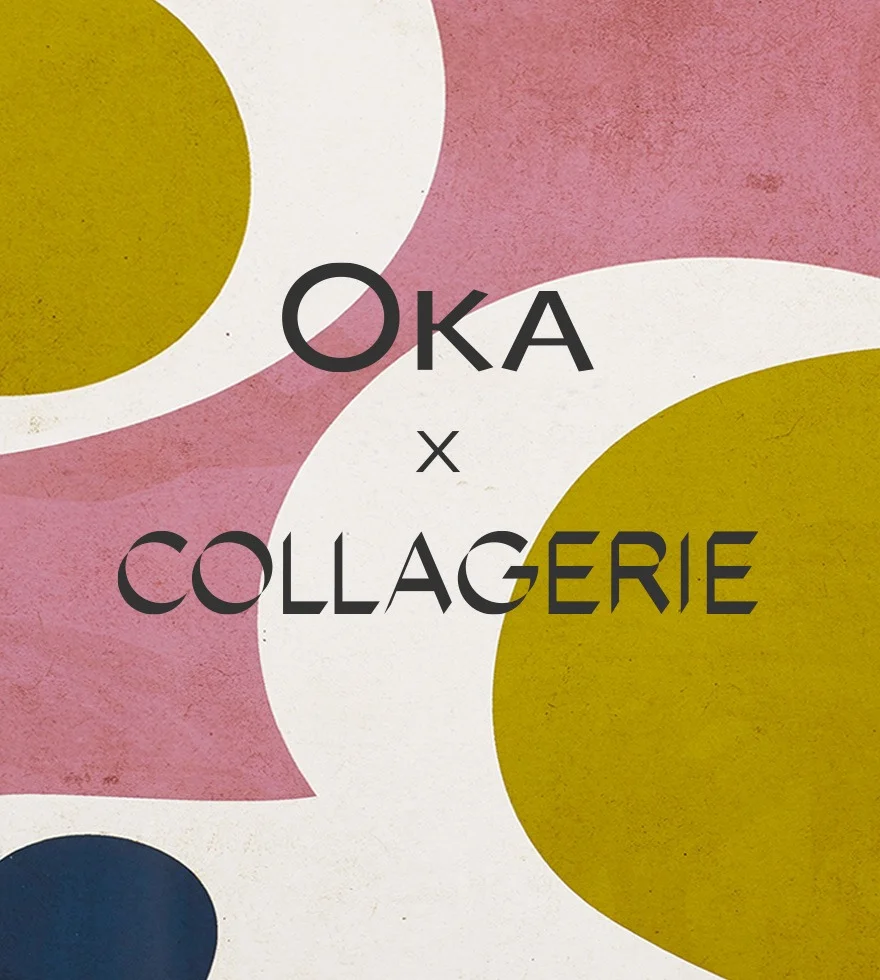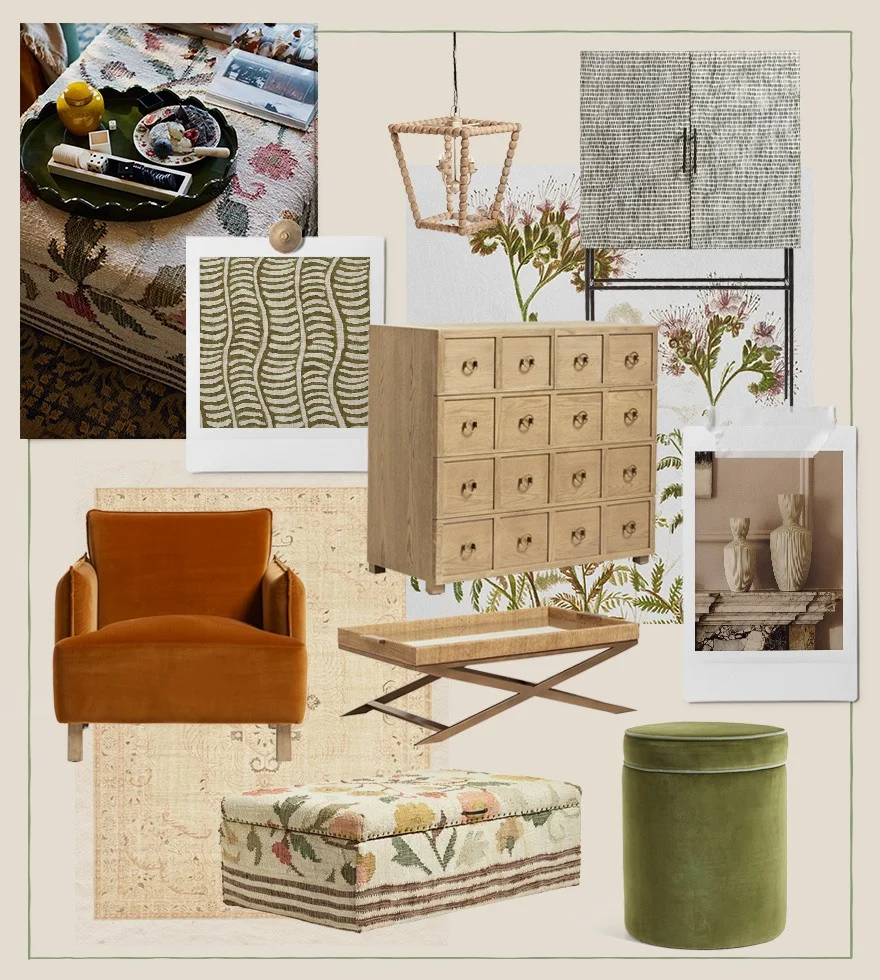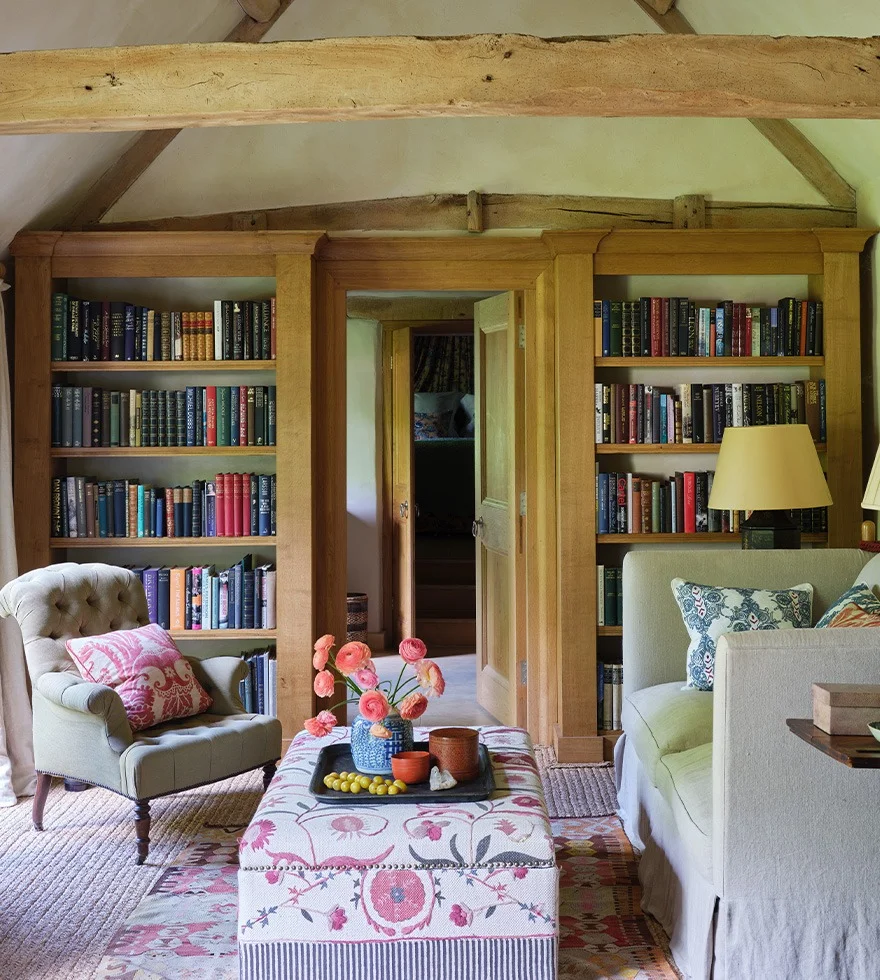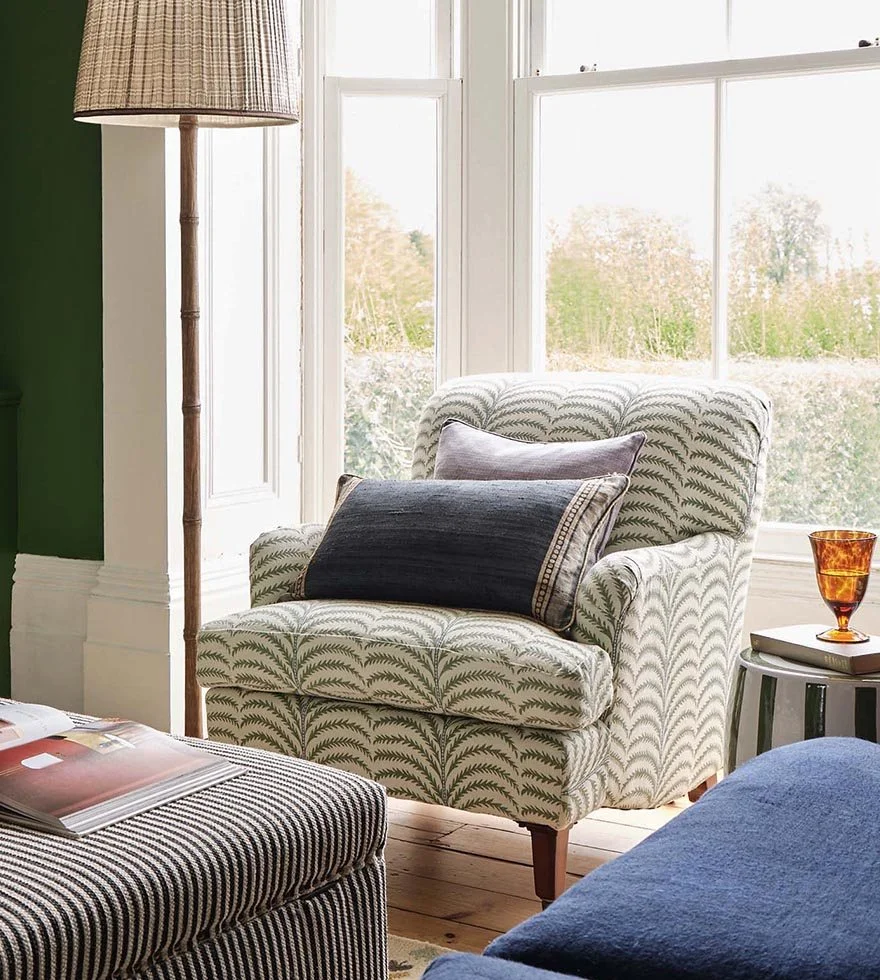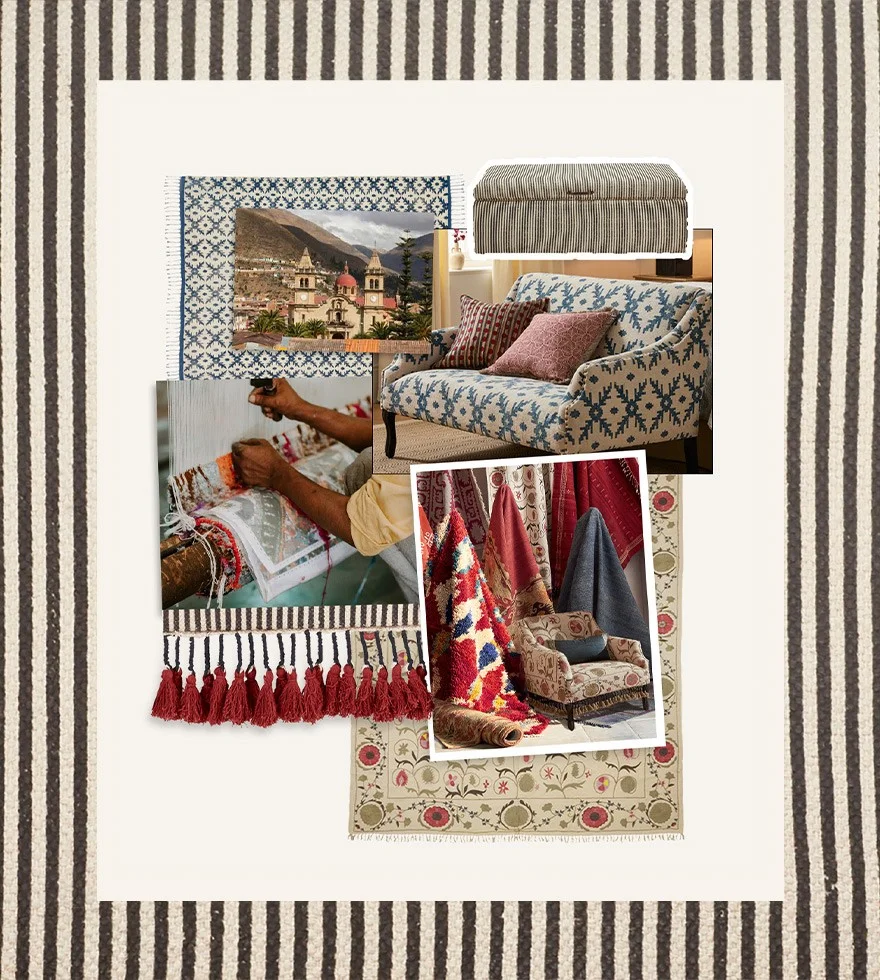Insider
-
Posted: 29 April 2024Categories: Insider
Discover Our International Delivery Service
Read moreIf you’re working on a project overseas, we can help. Find out about our shipping services and hear from two Trade customers about their experiences.
-
Posted: 03 April 2024Categories: Insider
Introducing Adam Lippes X OKA: Collection II
Read moreFashion designer and friend of OKA Adam Lippes returns for a second collaborative collection that draws on his love of pattern and colour.
-
Posted: 20 March 2024Categories: Insider
Spotlight on our Recycled Wood Collection
Read moreDiscover the fascinating origins of our recycled furniture pieces in this story that unites sustainability and artisanal skill.
-
Posted: 07 February 2024Categories: Insider
Our New Collection Heroes
Read moreDiscover how our Product Design and Development Director Jessica McAuley brought our latest designs to life, as she shares the inspirations and ideas behind the new collection.
-
Posted: 07 October 2023Categories: Insider
In the Frame: When OKA Met Collagerie
Read moreFind out how our Co-Founder Sue Jones and Collagerie Co-Founder Lucinda Chambers brought new life to our original charity artwork – plus, discover an exciting pop-up at OKA Chelsea.
-
Posted: 07 September 2023Categories: Insider
Behind the Designs of our Autumn 2023 Collection
Read moreWe’re letting you in on some of the stories behind our brand-new furniture and accessories collection, as well as a few reimagined favourites.
-
Posted: 17 August 2023Categories: Insider
A Tour of Sue Jones’ Home, as Featured in Veranda Magazine
Read moreThe popular interiors publication paid our co-founder a visit in her Cotswolds barn conversion – take a peek inside.
-
Posted: 04 August 2023Categories: Insider
The Evolution of our Signature Patterns
Read moreOur Product Design and Development Manager Sha Sarda shares the stories behind four of our community’s favourite prints.
-
Posted: 22 July 2023Categories: Insider
Behind the Designs of our Tarma Range
Read moreOur Co-Founder Sue Jones lets us in on how some of our most statement seating came to life.

